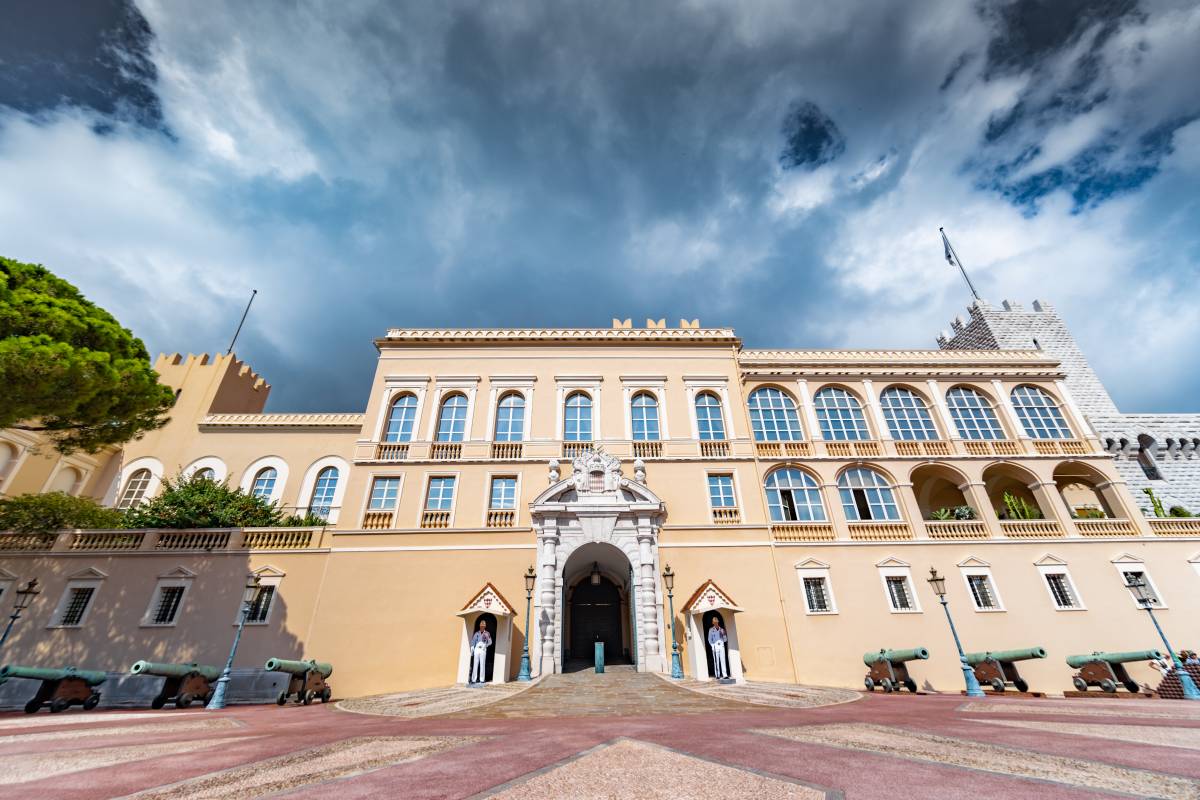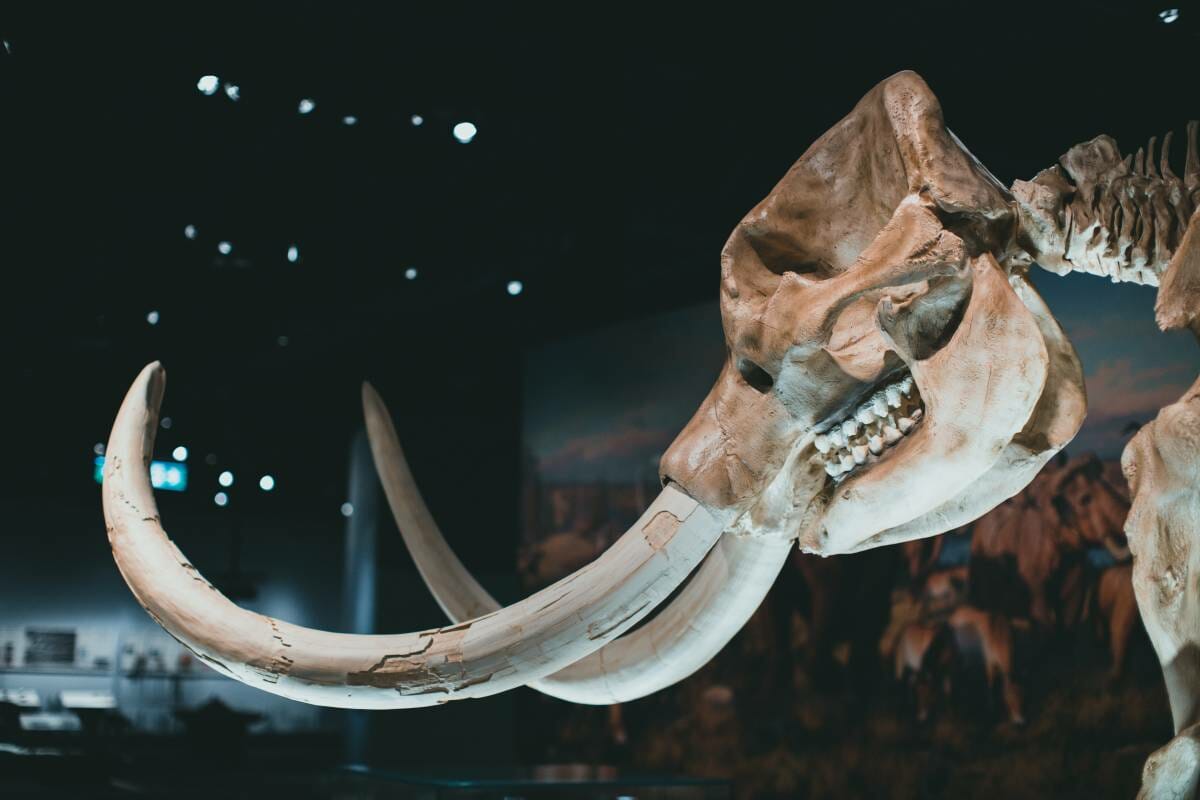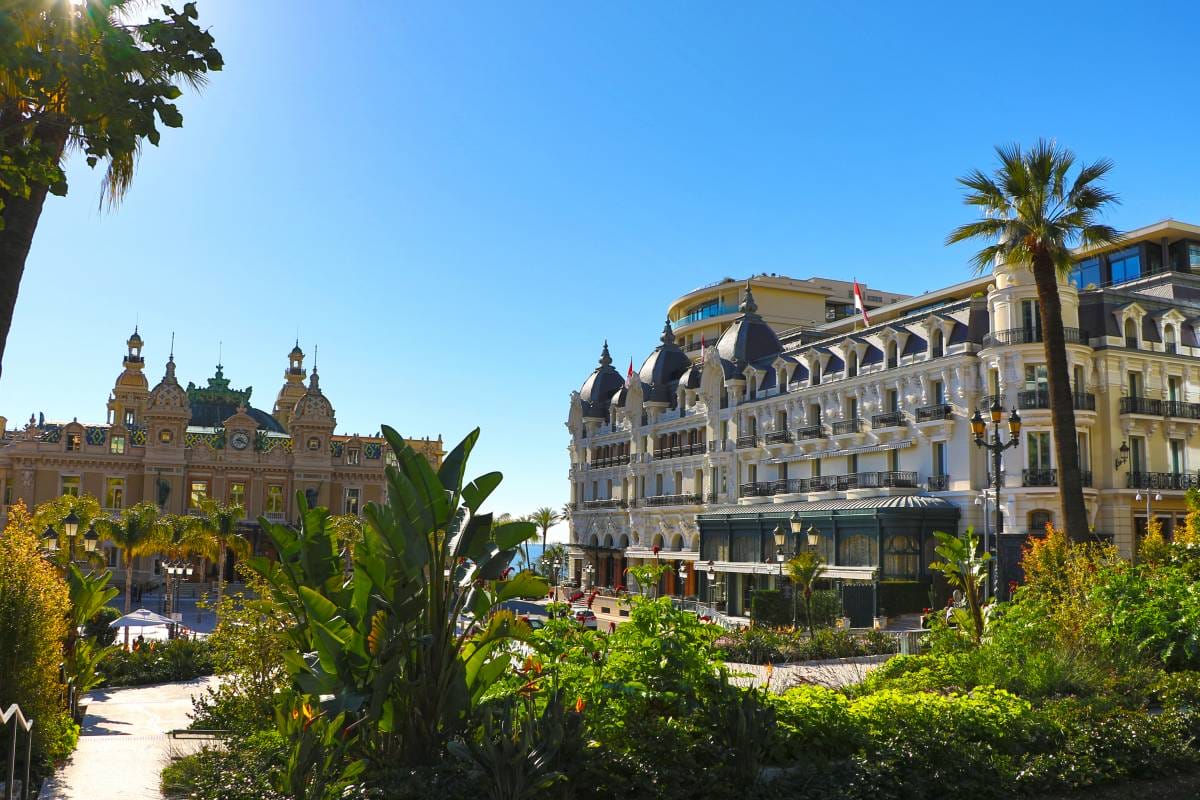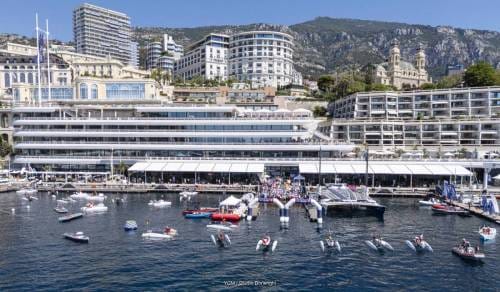Are you brave enough to stare down a giant Mammoth! No less than “Mammuthus primigenius” towers over you in Monaco’s Museum of Prehistoric Anthropology.
Monégasques are used to seeing such sights all due to the legacy of Prince Albert I. Whether giant sea monsters at the Oceanographic Museum or the Siberian Mammoth at the Prehistoric Museum – what better way to celebrate the Albert I centenary than immersing yourself in natural history and peering at the extraordinary exhibits on display in the wake of this trailblazing princely scientist.
Take the mammoth skeleton. You can’t miss this giant. It is an exceptional example, conserved for scientific purposes and originally excavated in Siberia, 1,000 kilometres east of the Lena River. It took several expeditions (1991 to 2003) to collect the numerous skeletal remains from the permafrost and by 2014 using the various remains it was mounted on a metallic structure and put it in pride of place in the Museum. This adult proboscidean is an impressive 5 metres long, 3.30 metres high and 2.20 metres wide. Much safer to encounter it in the Museum than in the wild.
A Million Years and Counting
Did you know that over a million years ago, the surrounds of Monaco and the French Riviera were already a favoured habitat for our ancient ancestors.
Numerous archaeological digs have been carried out by teams from the Museum of Prehistoric Anthropology in Monaco. Field work and laboratory study continue to this day (E. Rossoni-Notter, O. Notter, P. Simon, S. Simone in collaboration with international teams).
There are a number of archaeological sites in the Principality of Monaco. The Observatory Cave itself still retains the oldest traces of occupation. It is currently being excavated and the finds are being studied in the laboratory.
The actual collections on display in the Museum will enable you to trace the major steps in the evolution of humanity through the various glacial and interglacial periods.
And if you are lucky you may be able to catch one of superb temporary exhibitions which are held on a variety of themes such as:
“Let’s Settle at the Museum. Paleolithic Groups of 25,000 Years Ago: Between the Sea and the Mountains”,
“Monoïkos – The Ancient History of the Principality”,
“The Secret of Stones”, “The Mysterious Okuniev Civilisation”,
“Preconceptions in Prehistory”,
“On the Trail of the First Artists: Draw Me a Bison”
and “Conquering Fire”.
120 Years of Passionate Collection
The Museum of Prehistoric Anthropology was founded by Prince Albert I in 1902: “to conserve traces of early humankind exhumed in the Principality and neighbouring regions.”
The numerous collections which have been brought together in the Museum over more than a century represent the various phases of regional prehistory and protohistory. The majority of the archaeological and palaeontological exhibits come from the Principality and neighbouring areas (France and Italy)
It all started with a long series of excavations in the Grimaldi Caves (1895–1902), ordered and financed by Prince Albert I, who searched for a single place where all of the items found could be kept in order to preserve and exhibit them.
So in 1902 the first Museum of Prehistoric Anthropology was located on the Rocher. In 1902, Prince Albert I appointed Canon Léonce de Villeneuve as Director.
In 1960, the Museum of Prehistoric Anthropology moved to a new building in the middle of the Exotic Garden. The Museum’s new home was designed by Monegasque architect Louis Rué. Little did he think that a giant Mammoth would take up residence there!
Open Daily
The Museum of Prehistoric Anthropology is open from 9am to 6pm daily. Admission is €1 for adults and children living in Monaco under five enter free. For more information, visit the website at www.map-mc.org
Email: erossoni-notter@gouv.mc – map@gouv.mc
Special rates for groups and schools are available on request and subject to booking
Tel : +377 98 98 80 06









